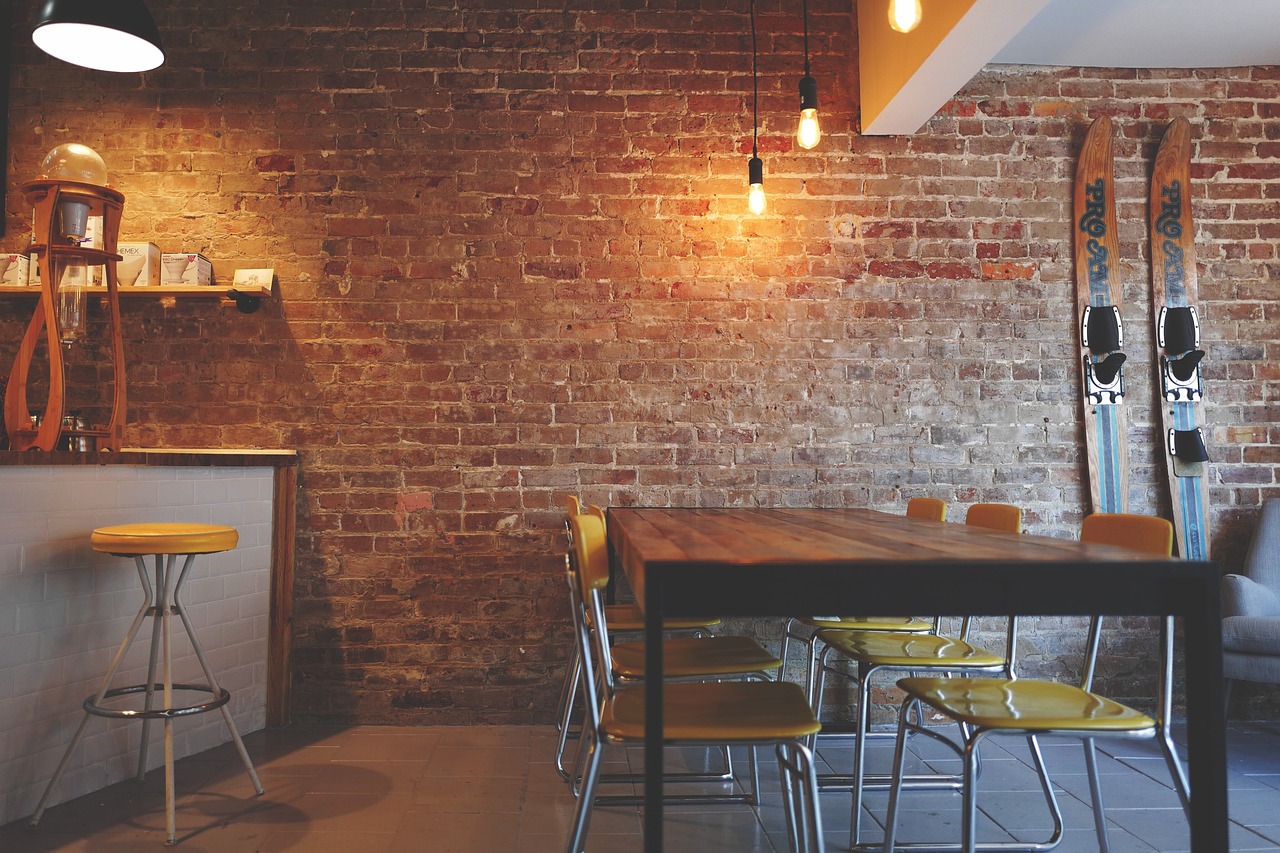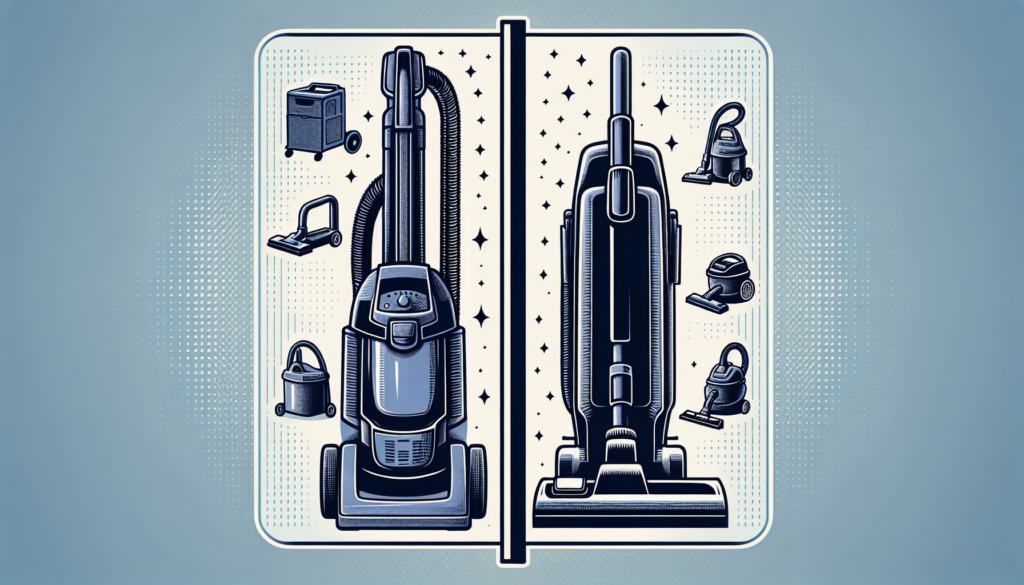Are you in the market for home office furniture? Look no further! BuySellCloud.com is your go-to source for expert buying guides and tips to help you make informed decisions. Whether you’re searching for a comfortable desk chair, a stylish desk, or functional storage solutions, our comprehensive product insights will guide you in finding the perfect fit for your home office. With our expert guidance, you can confidently navigate through various categories and purchase the furniture that suits your needs and style. Get ready to transform your workspace into a productive and inviting environment with our complete guide to purchasing home office furniture.
Your Complete Guide to Purchasing Home Office Furniture
Working from home has become increasingly common, and having a well-equipped home office is essential for productivity and comfort. However, when it comes to purchasing furniture for your home office, it’s important to consider your needs, budget, ergonomics, style, quality, storage options, technology integration, organization, and buying options. In this comprehensive guide, we will walk you through each of these aspects to help you make informed decisions and create the perfect home office space.
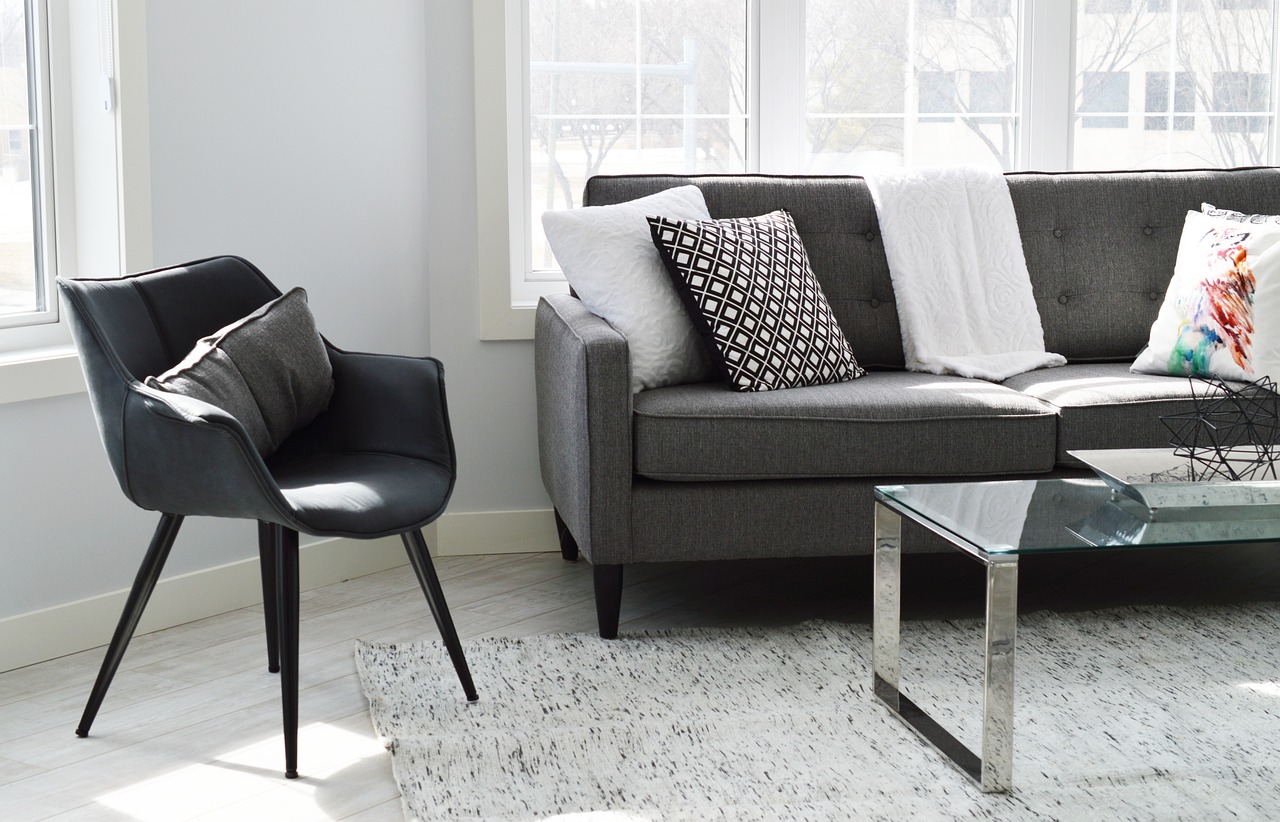
1. Assessing Your Needs
1.1 Determine Your Workspace
Before purchasing any furniture, it’s important to assess your available workspace. Consider the dimensions of the room and where you would like to set up your office. Take into account any existing furniture or fixtures that may affect the layout. This will help you determine the size and arrangement of your furniture pieces.
1.2 Identify Your Storage Needs
Efficient storage is crucial for keeping your home office organized. Consider the type and amount of items you need to store, such as documents, office supplies, and technology accessories. Evaluate whether you require shelving units, file cabinets, or storage bins to meet your storage needs effectively.
1.3 Consider Your Work Habits
Understanding your work habits is essential for choosing furniture that suits your needs. Do you prefer a sit-stand desk or a traditional desk? Do you need ample space for multitasking, or is a compact workstation sufficient? Consider how you work best and incorporate these preferences into your furniture decisions.
2. Setting a Budget
2.1 Establishing a Realistic Budget
Determining your budget is an important first step in the purchasing process. Assess your financial situation and set a realistic budget for your home office furniture. Remember to include any additional costs, such as delivery fees or assembly charges. Having a budget in mind will help you prioritize your furniture choices and stay within your means.
2.2 Prioritizing Your Furniture
Once you have established your budget, it’s essential to prioritize your furniture needs. Decide which pieces are the most crucial for your work setup. For example, a comfortable chair and a functional desk should be at the top of your list. By prioritizing your furniture choices, you can ensure that you allocate your budget wisely.
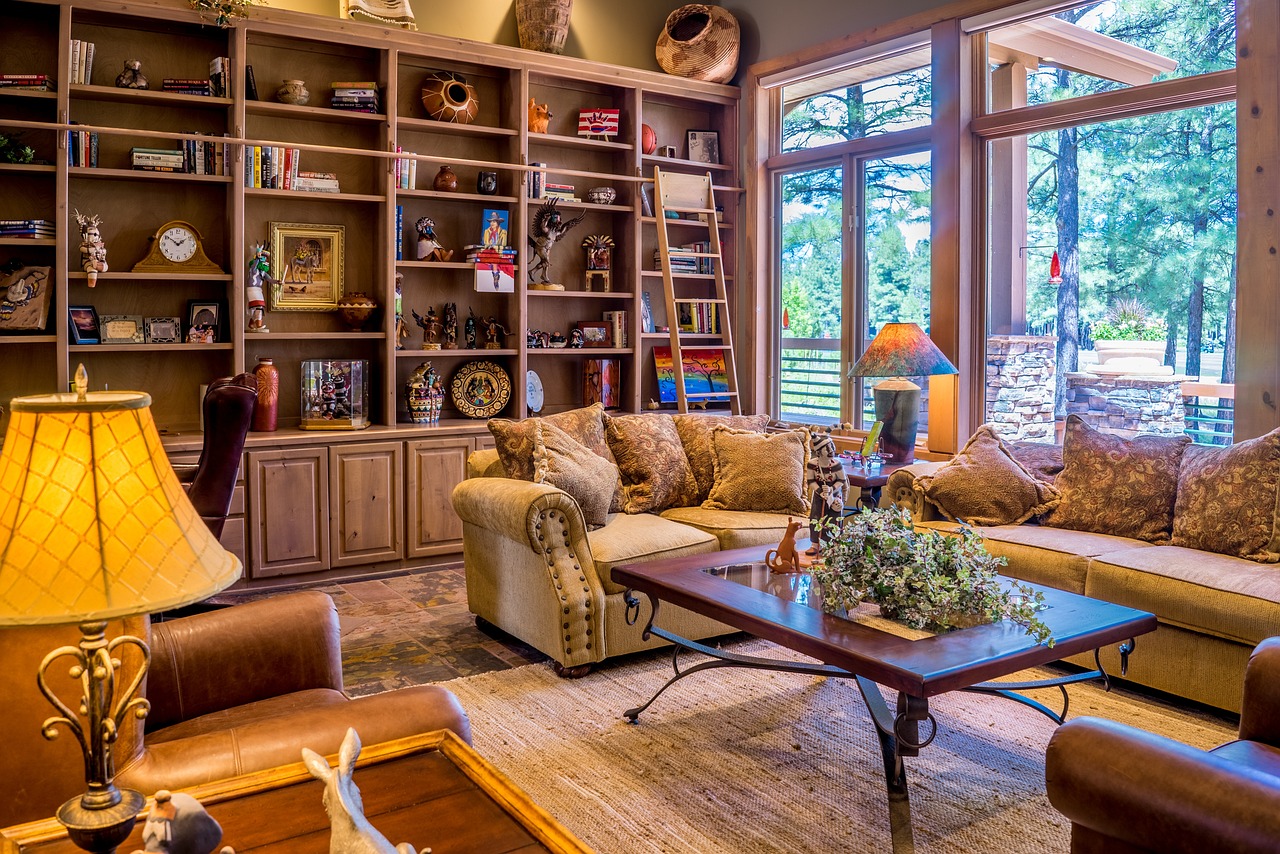
3. Ergonomics and Comfort
3.1 Importance of Ergonomics
Creating an ergonomic workspace is essential for your physical well-being and productivity. Prioritize furniture that promotes proper posture and provides adequate support for your body. Look for adjustable features such as height-adjustable desks and ergonomic chairs with lumbar support to prevent strain and discomfort.
3.2 Choosing a Comfortable Chair
Since you’ll be spending long hours sitting at your desk, investing in a comfortable chair is crucial. Look for chairs with adjustable features, such as height, armrest, and backrest. Consider materials that offer breathability and padding for enhanced comfort. Test different chairs to find the perfect fit for your body type and preferences.
3.3 Selecting the Right Desk
When choosing a desk, ensure it meets your specific needs. Consider factors such as surface area, storage options, and ergonomic features. A spacious desk allows for efficient multitasking, while built-in storage ensures a clutter-free workspace. Additionally, adjustable-height desks offer flexibility for sitting or standing, promoting better blood circulation and reducing the risk of sedentary-related health issues.
4. Measurements and Space Planning
4.1 Measuring Your Office Space
Before making any furniture purchases, it’s crucial to measure your office space accurately. Measure the room’s dimensions, including the height, width, and length. Note any architectural features or obstructions such as windows, doors, and outlets. Taking accurate measurements will help you choose furniture that fits perfectly in your space without any issues.
4.2 Space Planning and Layout
Once you have your measurements, you can create a space plan and layout for your home office. Consider the most efficient and ergonomic placement of furniture pieces. Allow for ample walking space and ensure there is enough room to open drawers and cabinets comfortably. Consider natural light sources and how they may affect your workspace.
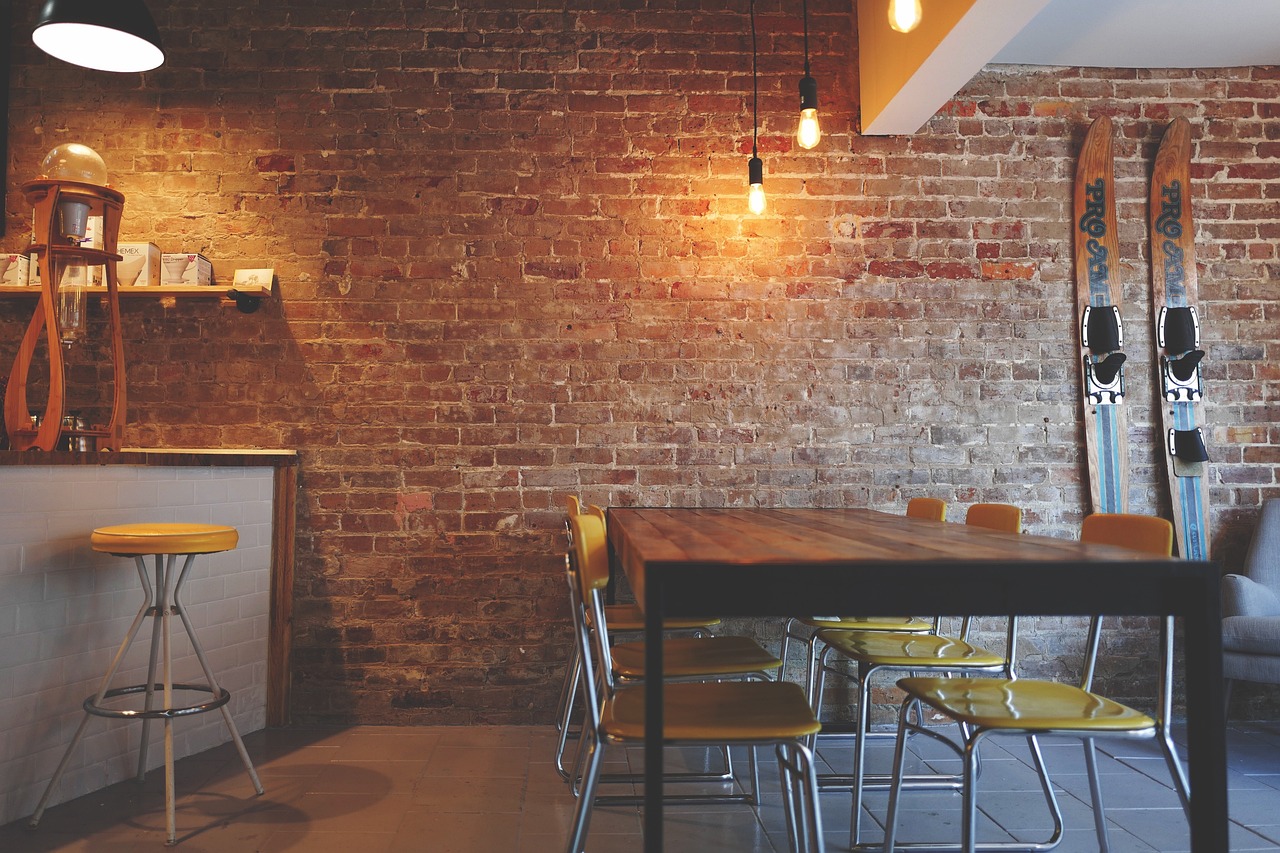
5. Styles and Aesthetics
5.1 Determining Your Preferred Style
Your home office furniture should reflect your personal style and create a cohesive look with the rest of your home decor. Determine the style you prefer, whether it’s contemporary, modern, traditional, or minimalist. Consider the materials, colors, and finishes that complement your existing interior design and create a visually pleasing environment.
5.2 Coordinating with Existing Decor
When choosing furniture, think about how it will coordinate with your existing decor. Ensure that the colors, textures, and styles complement each other harmoniously. By considering your existing decor, you can create a seamless transition from your home to your home office, enhancing the overall aesthetic appeal of your space.
5.3 Mixing and Matching Furniture Pieces
Don’t be afraid to mix and match furniture pieces to create a unique and personalized home office setup. Consider combining different materials, such as wood and metal, or pairing contemporary and vintage pieces. Mixing and matching furniture can add visual interest to your space while showcasing your individual style.
6. Quality and Durability
6.1 Researching Brands and Manufacturers
Investing in high-quality and durable furniture is essential for a long-lasting home office. Research reputable brands and manufacturers that are known for their craftsmanship and reliability. Read reviews and testimonials to gain insights into the quality of their products and their commitment to customer satisfaction.
6.2 Checking Materials and Construction
When purchasing furniture, pay attention to the materials and construction methods used. Look for furniture made from sturdy materials that can withstand daily use. For example, solid wood desks or chairs with reinforced frames are more likely to withstand the test of time. Check for proper joinery and construction techniques to ensure durability.
6.3 Reading Customer Reviews
Customer reviews are a valuable source of information when assessing the quality and durability of furniture. Read reviews from customers who have purchased the same or similar furniture pieces you are considering. Pay attention to feedback regarding durability, comfort, and overall customer satisfaction. This will help you make an informed decision and avoid potential pitfalls.
7. Storage Solutions
7.1 Assessing Your Storage Needs
Assessing your storage needs is crucial for maintaining an organized home office. Consider the types of items you need to store, such as documents, books, and office supplies. Evaluate whether you require open shelving, closed cabinets, or a combination of both. Adequate storage solutions will help keep your workspace tidy and efficient.
7.2 Choosing the Right File Cabinets
File cabinets are essential for organizing and storing important documents. Consider the size and capacity of the file cabinets based on your storage requirements. Look for cabinets with locking mechanisms to keep your sensitive documents secure. Additionally, choose file cabinets that are sturdy and durable to withstand regular use.
7.3 Considering Additional Storage Options
In addition to file cabinets, consider other storage options based on your specific needs. This can include bookshelves, floating shelves, or storage bins. Utilize vertical space efficiently to maximize storage capacity. Adjustable shelving or modular storage systems can provide flexibility to accommodate changing storage needs over time.
8. Technology Integration
8.1 Evaluating Your Tech Requirements
In today’s digital age, technology integration is essential for a functional home office. Evaluate your tech requirements and consider factors such as the number of monitors, cables, and devices you need to accommodate. Ensure that your desk and other furniture pieces have adequate cable management solutions to keep wires organized and out of sight.
8.2 Incorporating Cable Management
Cable management is crucial for maintaining a clean and organized workspace. Look for furniture with built-in cable management features such as cable routing holes or wire conduits. Alternatively, consider using cable management solutions such as cable clips or cable trays to keep wires organized and prevent tangles and tripping hazards.
8.3 Selecting Desks with Built-in Features
Desks with built-in features can enhance your productivity and streamline your work processes. Look for desks with built-in charging stations, USB ports, or integrated cable management systems. These features can help you keep your devices powered and organized while minimizing clutter on your desk.
9. Organization and Accessories
9.1 Managing Cables and Wires
Besides cable management solutions, there are other ways to keep your cables and wires under control. Consider using cable sleeves or cable ties to bundle and hide cables behind your desk. Cable clips or adhesive cable management mounts can also help secure cables to the underside of your desk, keeping them neat and organized.
9.2 Storage Solutions for Office Supplies
Having a designated storage solution for office supplies is essential for an organized workspace. Consider using drawer dividers or desk organizers to keep your pens, notepads, and other supplies neatly arranged. Utilize desk caddies or wall-mounted organizers to store frequently used items within easy reach.
9.3 Incorporating Personal Touches
Make your home office a personalized space that reflects your individuality. Incorporate personal touches such as artwork, decor items, or plants to create a welcoming and inspiring environment. These small additions can uplift your mood and enhance your overall work experience.
10. Shopping and Buying Options
10.1 Researching Online Retailers
With the convenience of online shopping, researching online retailers is a great way to find a wide selection of home office furniture. Explore reputable retailers that specialize in furniture and offer comprehensive product information. Read customer reviews, compare prices, and take advantage of any discounts or promotions available.
10.2 Visiting Local Furniture Stores
Visiting local furniture stores allows you to see and experience furniture pieces firsthand. Explore different showrooms to gain inspiration and test the comfort and quality of the furniture. Sales associates in furniture stores can provide expert advice and recommendations based on your specific needs and preferences.
10.3 Considering Used or Refurbished Furniture
If you are on a tight budget or looking for unique and eco-friendly options, consider purchasing used or refurbished furniture. Search for local thrift stores, online marketplaces, or furniture consignment shops for pre-owned pieces. Ensure that the furniture is in good condition and inspect for any damage or signs of wear before making a purchase.
By following this comprehensive guide to purchasing home office furniture, you can make well-informed decisions and create a functional and aesthetically pleasing workspace. Remember to prioritize your needs, consider ergonomics and comfort, evaluate storage options and technology integration, and invest in high-quality furniture that will withstand the test of time. With careful planning and consideration, you can create a home office that enhances your productivity, creativity, and overall well-being.

